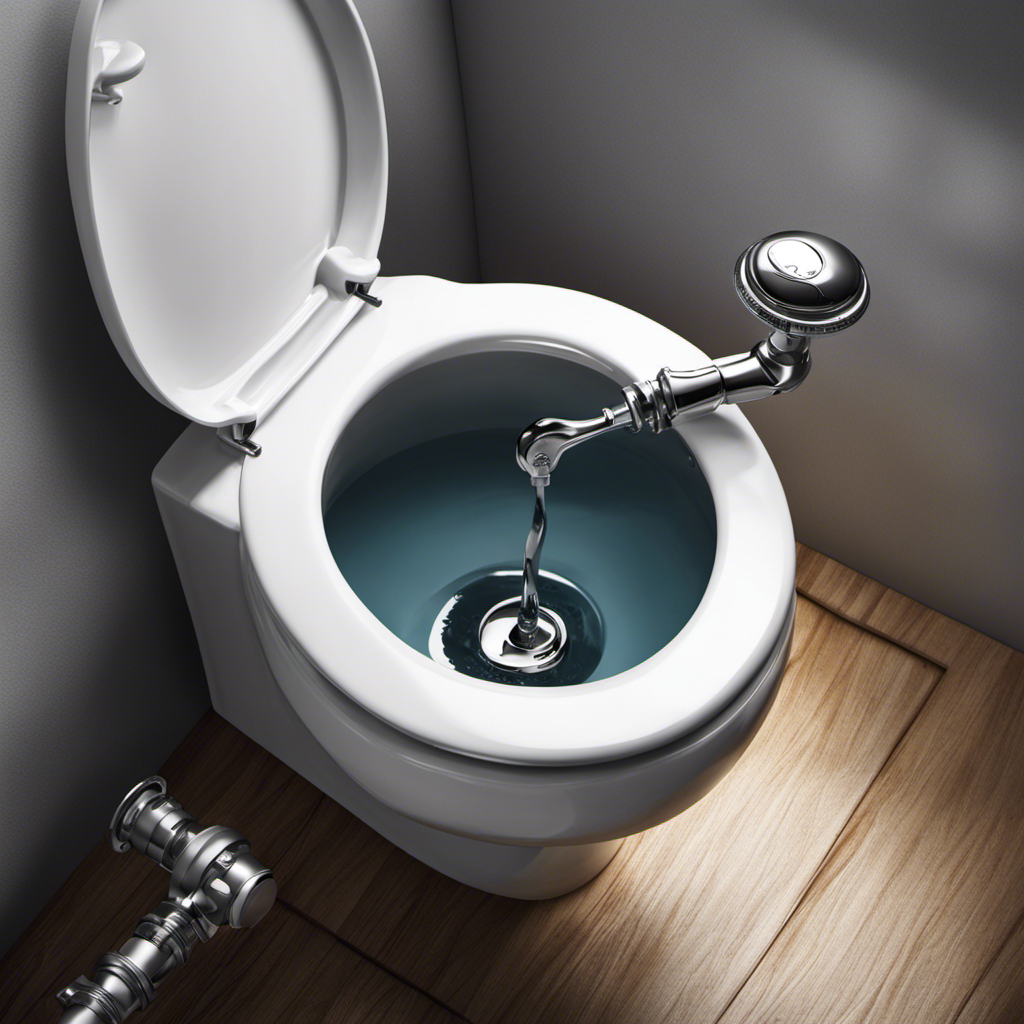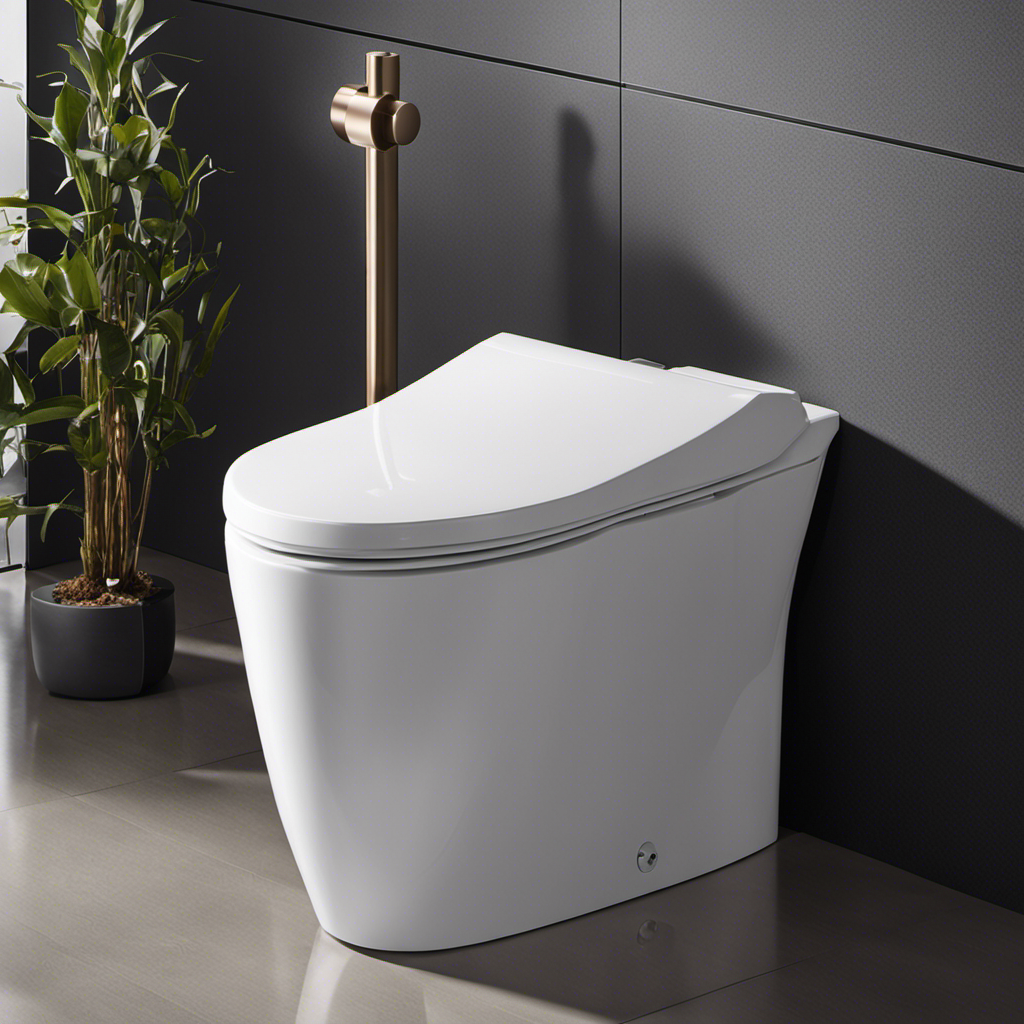Have you ever wondered what happens when we let our hair go down the shower drain? Well, let me tell you, it’s not pretty. Our seemingly innocent act can cause serious plumbing issues and have detrimental effects on the environment.
In this article, we will explore the impact on our drainage system, potential solutions, and the long-term consequences of this seemingly harmless habit. So, let’s dive in and discover why we should think twice before letting our hair go down the drain.
Key Takeaways
- Hair going down the shower drain can cause clogs, blockages, and slow drainage, leading to plumbing issues and costly repairs.
- Hair contains chemicals and pollutants from hair products, posing environmental concerns and potentially impacting water quality and aquatic life.
- Implementing solutions such as using a hair strainer, regular cleaning, and professional maintenance can prevent clogs and ensure proper functioning of the plumbing and drainage system.
- Neglecting proper hair management can result in long-term consequences, including water backups, flooding, and damage to homes.
Impact on Plumbing
When hair goes down the shower drain, it can cause clogs and blockages in the plumbing system. This not only leads to inconvenience but also has a significant impact on water wastage and the overall functionality of your pipes.
Hair, being long and sticky, tends to accumulate and intertwine with other debris, forming dense clumps that obstruct the flow of water. As a result, water struggles to pass through the pipes, causing increased pressure and potential damage. Moreover, clogged pipes can lead to leaks and bursts, further exacerbating the problem.
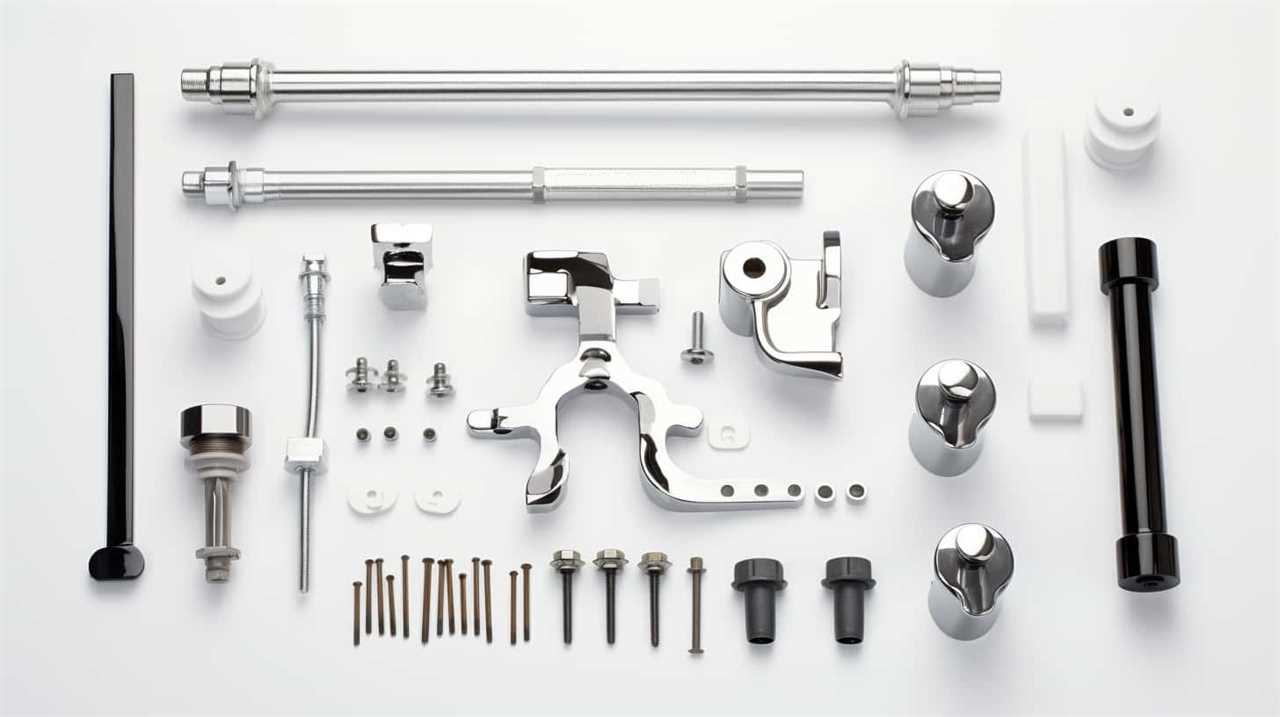
It’s essential to address this issue promptly to avoid costly repairs and unnecessary water wastage. Regularly cleaning hair from your drain or using a hair catcher can help prevent clogs and maintain the efficiency of your plumbing system.
Environmental Concerns
To address the environmental concerns associated with hair going down the shower drain, we need to consider the potential consequences for our ecosystems and waterways.
Hair, when it enters the wastewater system, can contribute to water pollution if not properly managed. Here are three key points to emphasize the importance of this issue:
- Hair can clog drains and pipes, leading to blockages in the wastewater treatment process. This can result in system failures and increased maintenance costs.
- Hair contains chemicals and pollutants from hair products, which can be released into the water during the treatment process. This can negatively impact aquatic life and water quality.
- Large amounts of hair can overwhelm wastewater treatment plants, reducing their efficiency in removing contaminants and increasing the risk of untreated wastewater being discharged into rivers and oceans.
Considering these factors, it’s crucial to find alternative ways to dispose of hair responsibly.
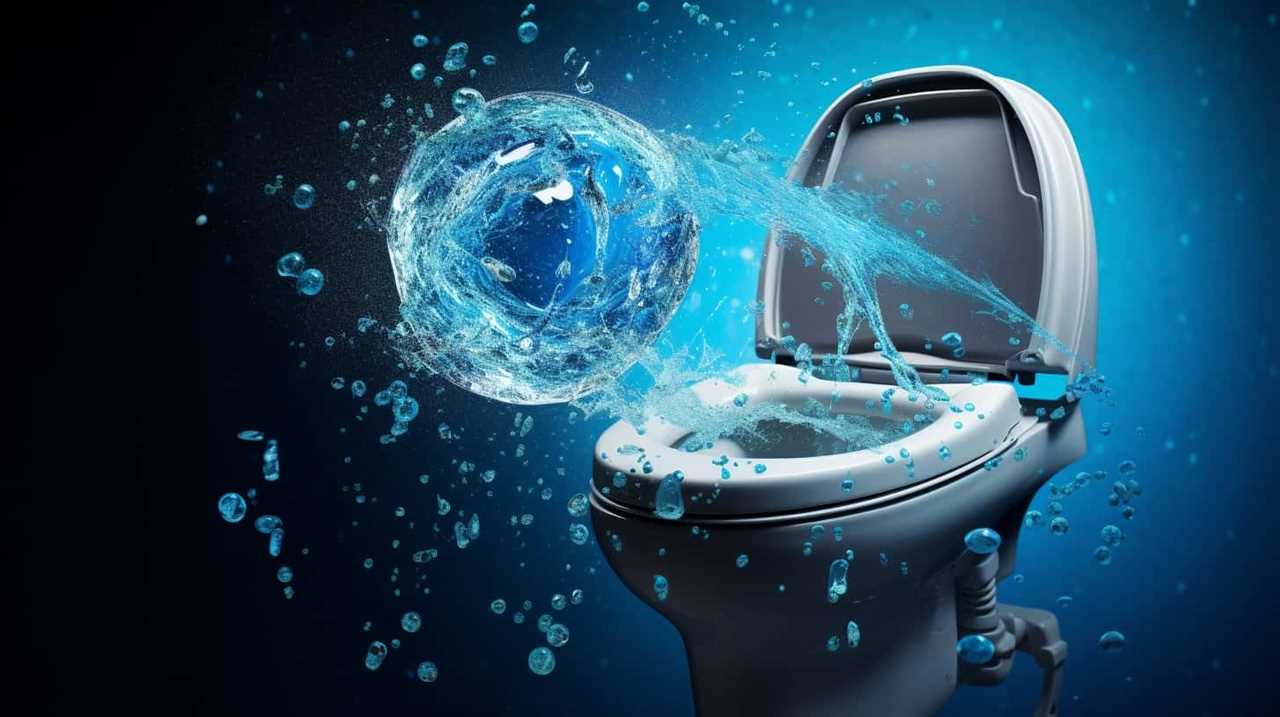
Now, let’s explore the effects of hair on the drainage system.
Effects on Drainage System
Although hair going down the shower drain may seem harmless, it can have significant effects on the drainage system. Hair can accumulate over time, leading to clogging issues and reduced water flow. This can result in slow draining or even complete blockage of the pipes, causing inconvenience and costly repairs. The problem becomes exacerbated when hair products, such as shampoos, conditioners, and styling gels, mix with the hair and form sticky clumps. These clumps can adhere to the pipes and create a buildup that further restricts water flow. To illustrate the impact of hair on the drainage system, consider the following table:
| Effects on Drainage System |
|---|
| Clogging Issues |
| Reduced Water Flow |
| Slow Draining |
| Costly Repairs |
Potential Solutions
To address the issues caused by hair going down the shower drain, we can implement several potential solutions. Here are three effective ways to prevent clogs and maintain a smoothly functioning drainage system:
- Install a hair strainer: Placing a hair strainer over the shower drain is a simple and cost-effective solution. These small, mesh-like devices catch hair and prevent it from entering the drain, reducing the risk of clogs.
- Regular cleaning: Cleaning the hair strainer and removing any trapped hair after each shower is essential for optimal clog prevention. This simple maintenance task can help keep the drain clear and prevent any potential issues.
- Professional plumbing maintenance: Engaging the services of a professional plumber for regular drain cleaning and maintenance can help prevent hair clogs and ensure the overall health of your drainage system. Plumbers have the expertise and tools to remove any accumulated hair or debris effectively.
Long-Term Consequences
As we consider the long-term consequences of allowing hair to go down the shower drain, it becomes evident that neglecting proper hair management can lead to significant plumbing issues.
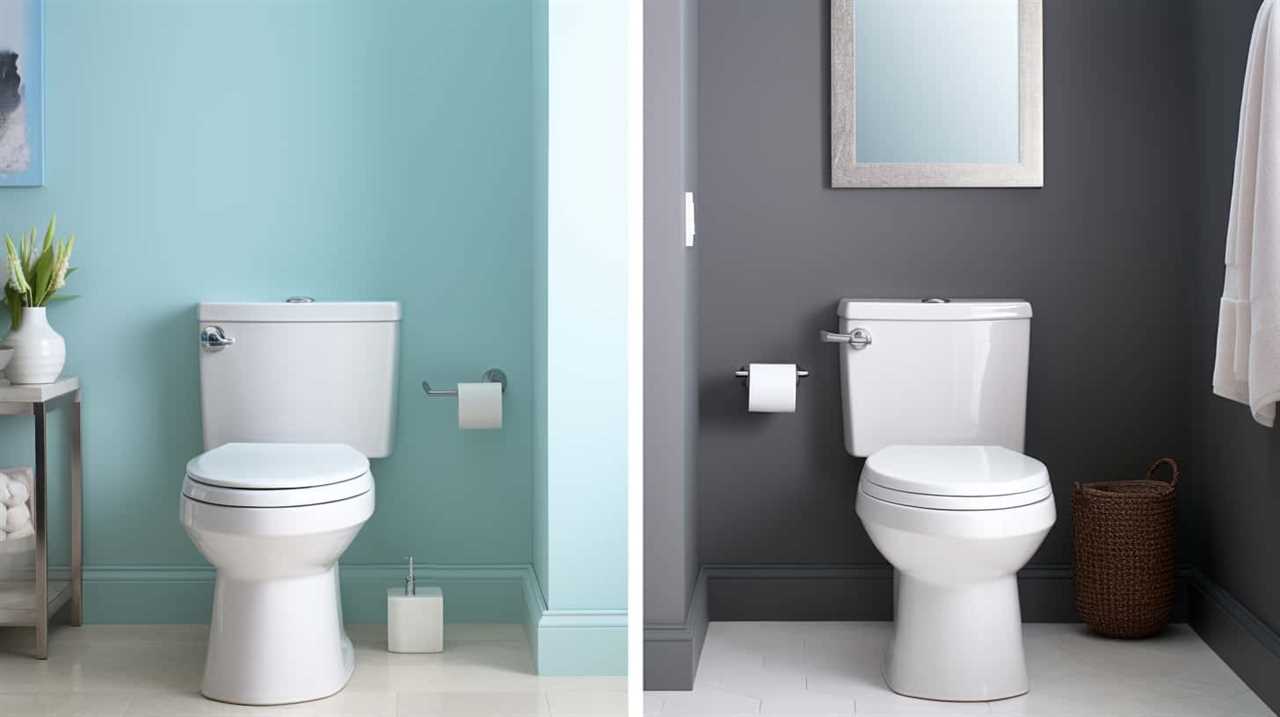
Hair clogs can have damaging effects on the plumbing system and can result in costly repairs. Over time, the accumulation of hair in the pipes can cause blockages, resulting in slow drainage or even complete blockage of the pipes. This can lead to water backups, flooding, and potential water damage to your home.
Additionally, hair clogs can also attract other debris, such as soap scum and mineral deposits, further worsening the problem.
It’s essential to regularly clean and maintain your drain to prevent hair clogs and ensure the proper functioning of your plumbing system.
Frequently Asked Questions
How Often Should I Clean My Shower Drain to Prevent Hair Buildup?
We clean our shower drain every few weeks to prevent hair buildup. Regular cleaning helps avoid clogs caused by hair accumulation. It’s important to keep the drain clear for optimal drainage.
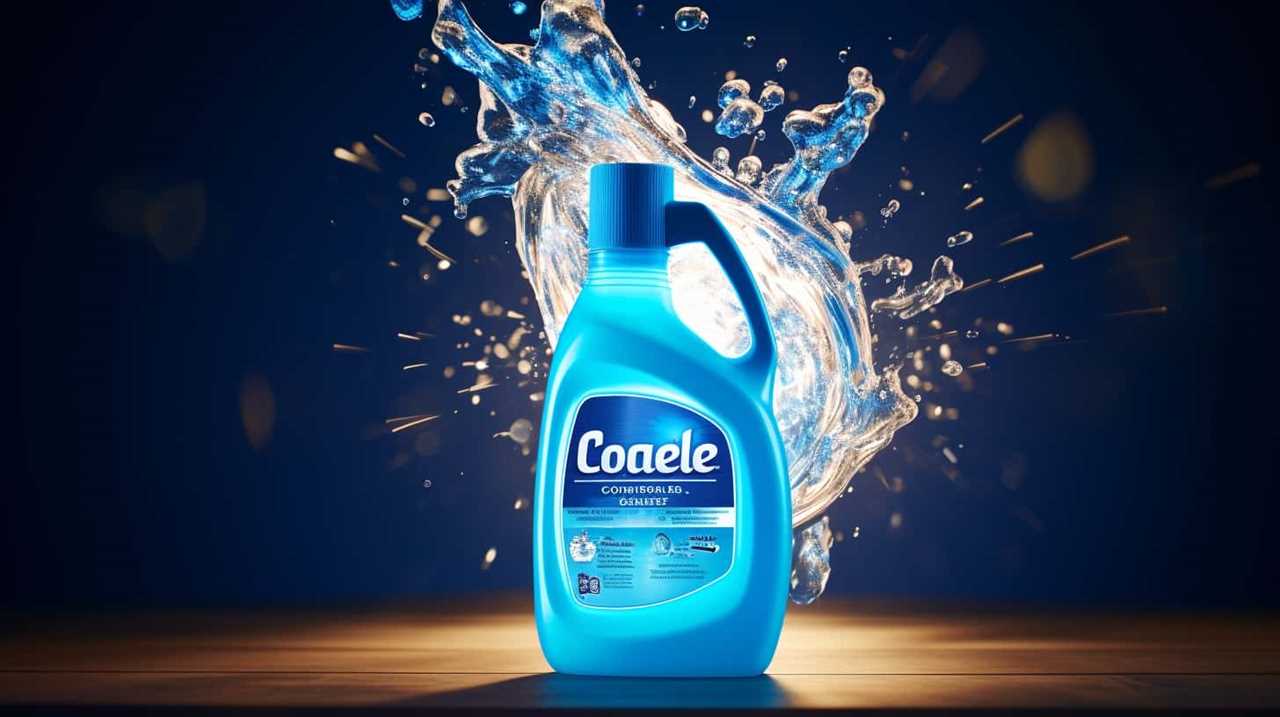
Can Using a Drain Strainer Help Reduce the Amount of Hair That Goes Down the Shower Drain?
Using drain strainers is a great alternative to letting hair go down the shower drain. It helps reduce clogs and keeps the drain clean. We highly recommend using them for effective hair disposal.
Are There Any Alternative Methods to Dispose of Hair That Are More Environmentally Friendly?
There are eco-friendly alternatives for sustainable hair disposal. We can explore options like composting or donating hair to organizations that use it for making wigs or cleaning up oil spills.
Can a Clogged Shower Drain Lead to Other Plumbing Issues in My Home?
Yes, a clogged shower drain can lead to other plumbing issues in our home. To prevent hair buildup and avoid these consequences, it is important to find alternative methods of disposing of hair that are more environmentally friendly.
Will Letting Hair Go Down the Shower Drain Cause Any Damage to My Pipes or Plumbing System Over Time?
Letting hair go down the shower drain may cause damage to pipes and plumbing over time. It’s important to consider hair loss prevention and regularly use DIY drain cleaning methods to avoid potential issues.
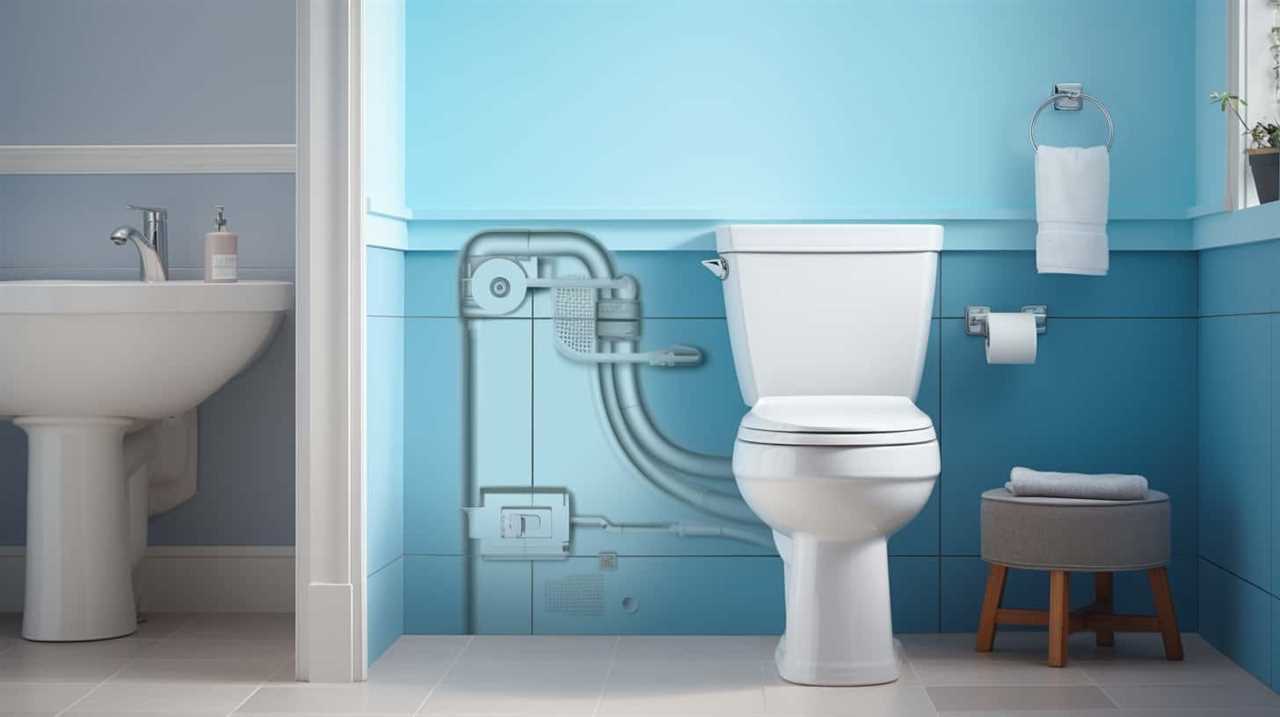
Conclusion
In conclusion, letting hair go down the shower drain may seem harmless, but it can have significant consequences for both your plumbing and the environment.
Not only can it cause clogs and blockages in your drainage system, but it can also contribute to pollution and harm wildlife.
To prevent these issues, consider using drain catchers or regularly cleaning your drain.
Remember, taking small steps now can save you from bigger headaches in the future.
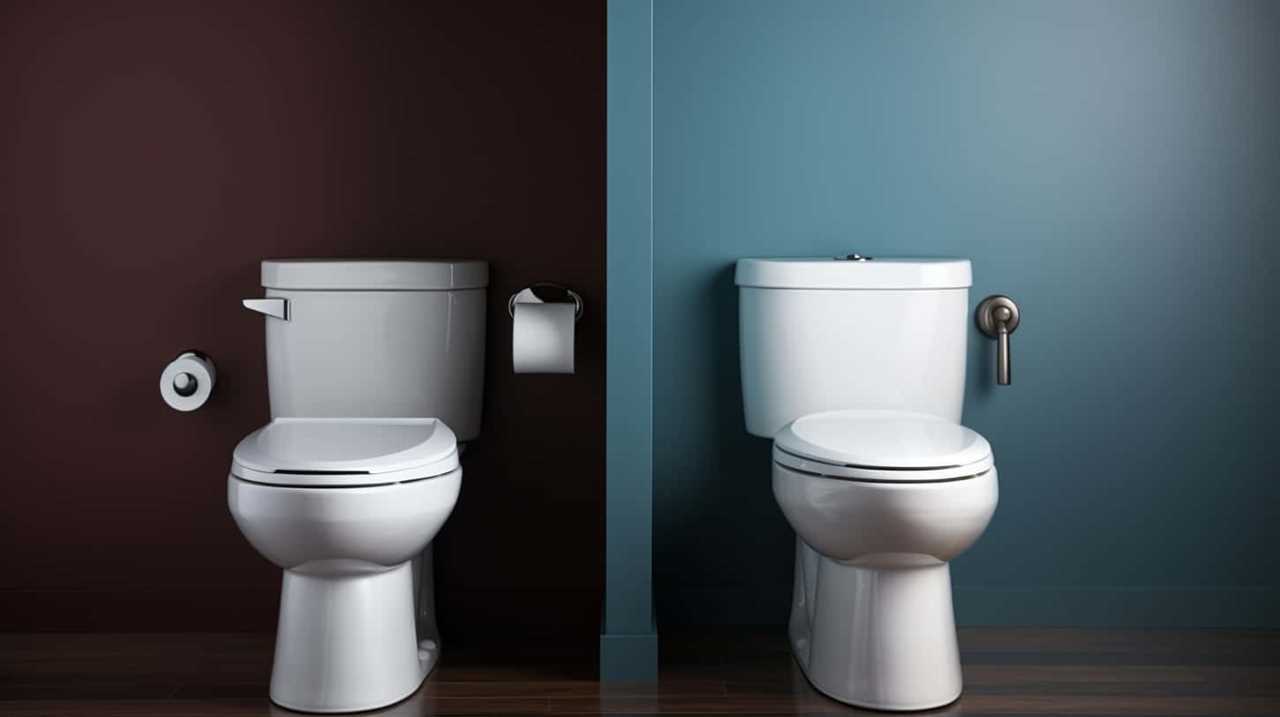
So, let’s keep our drains clear and protect our planet.



